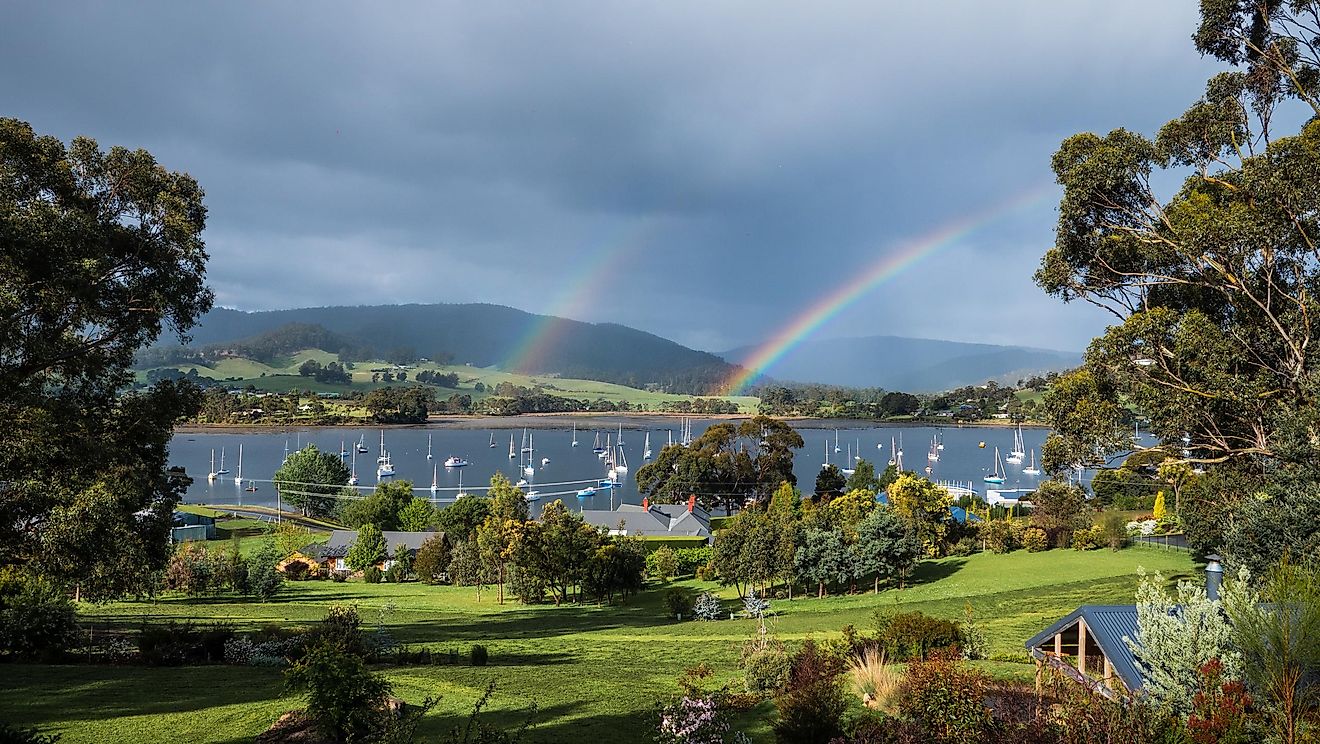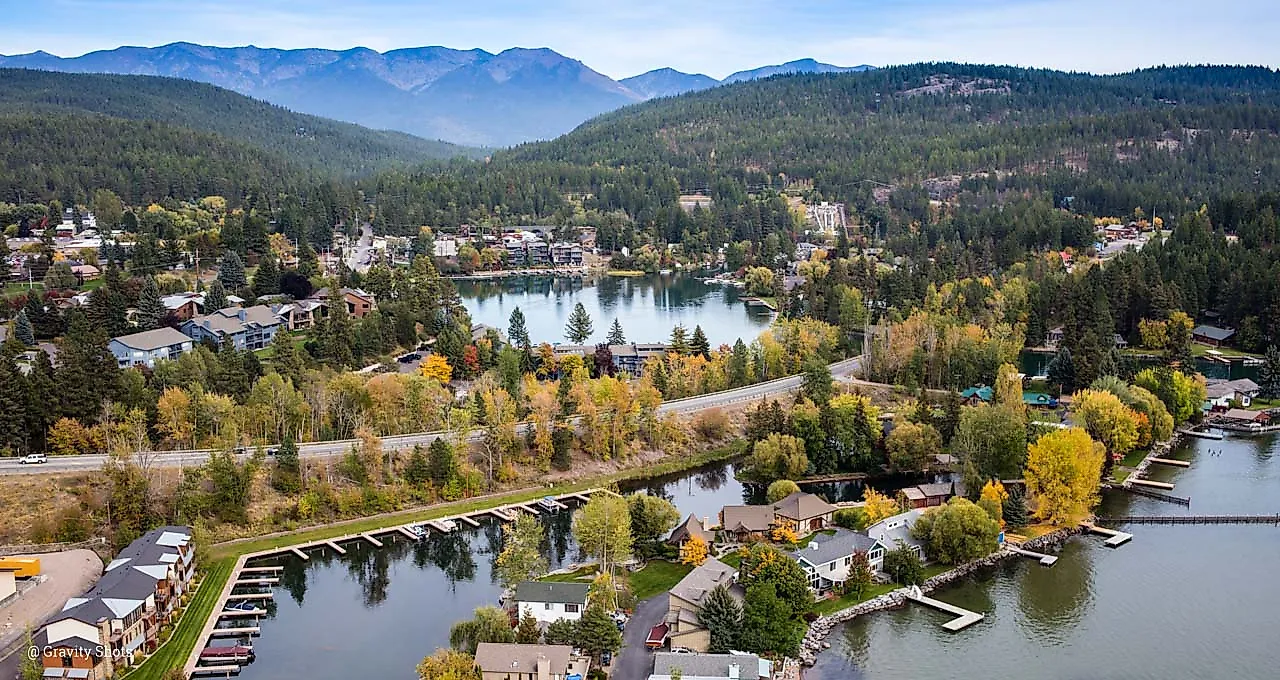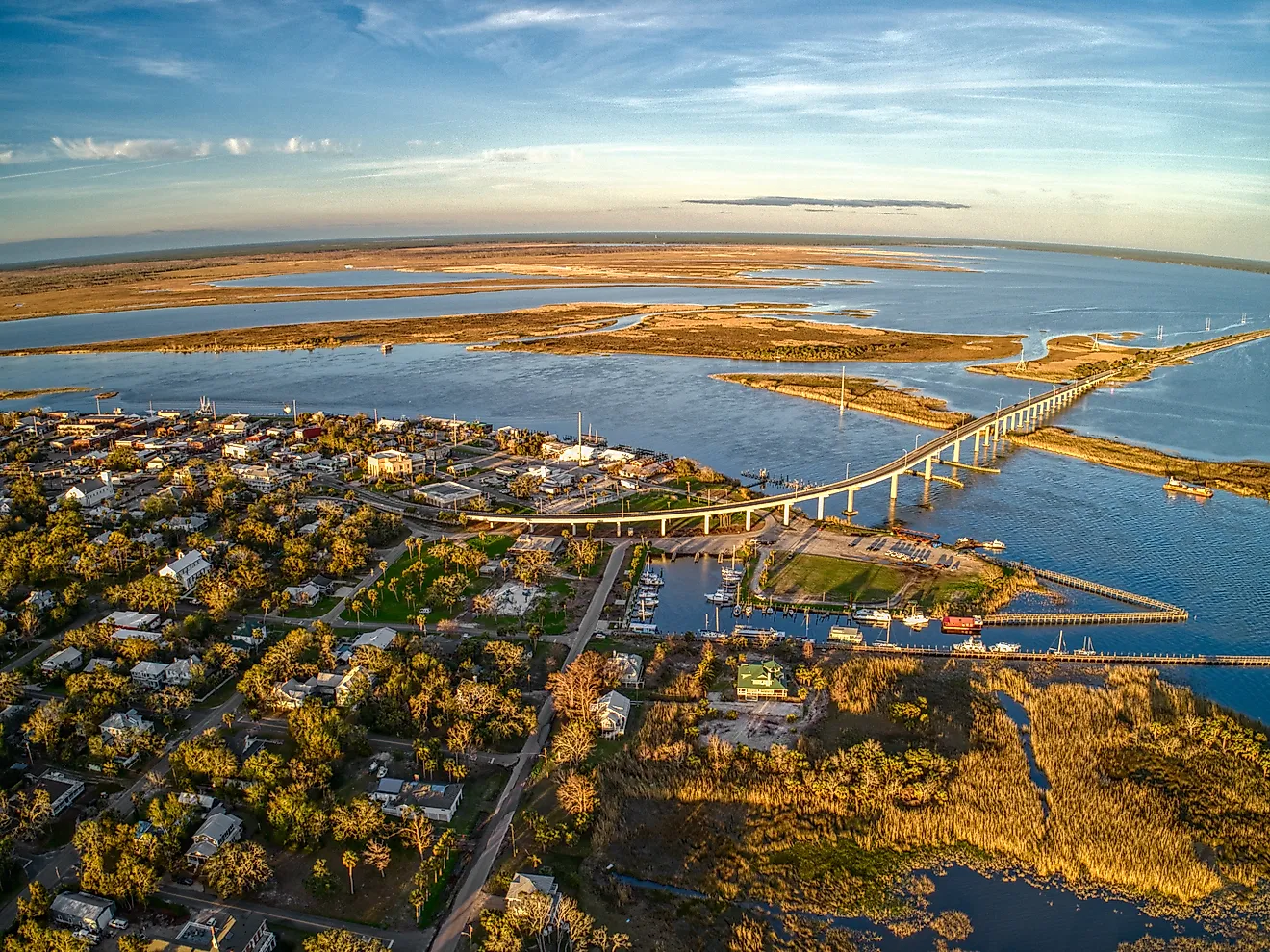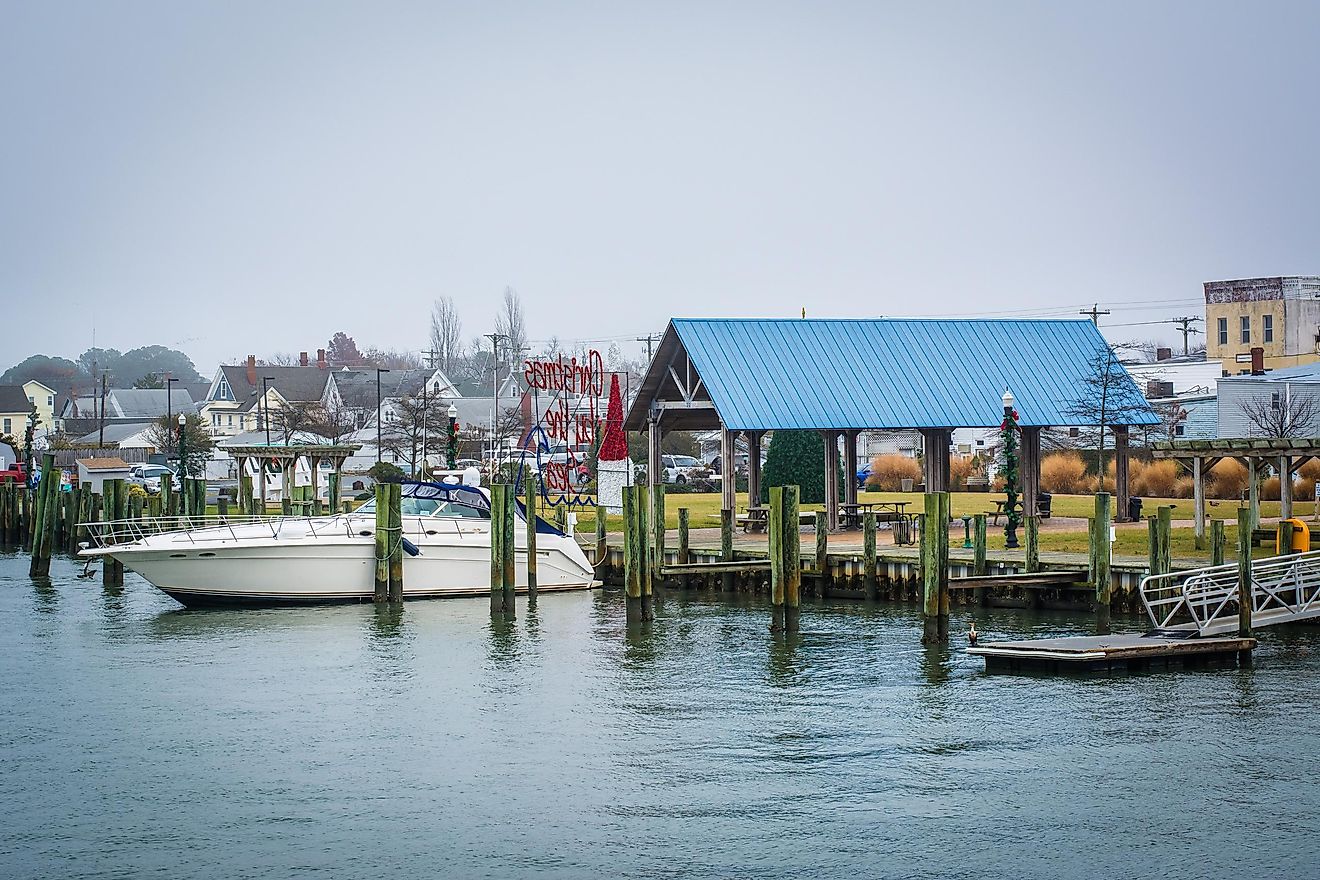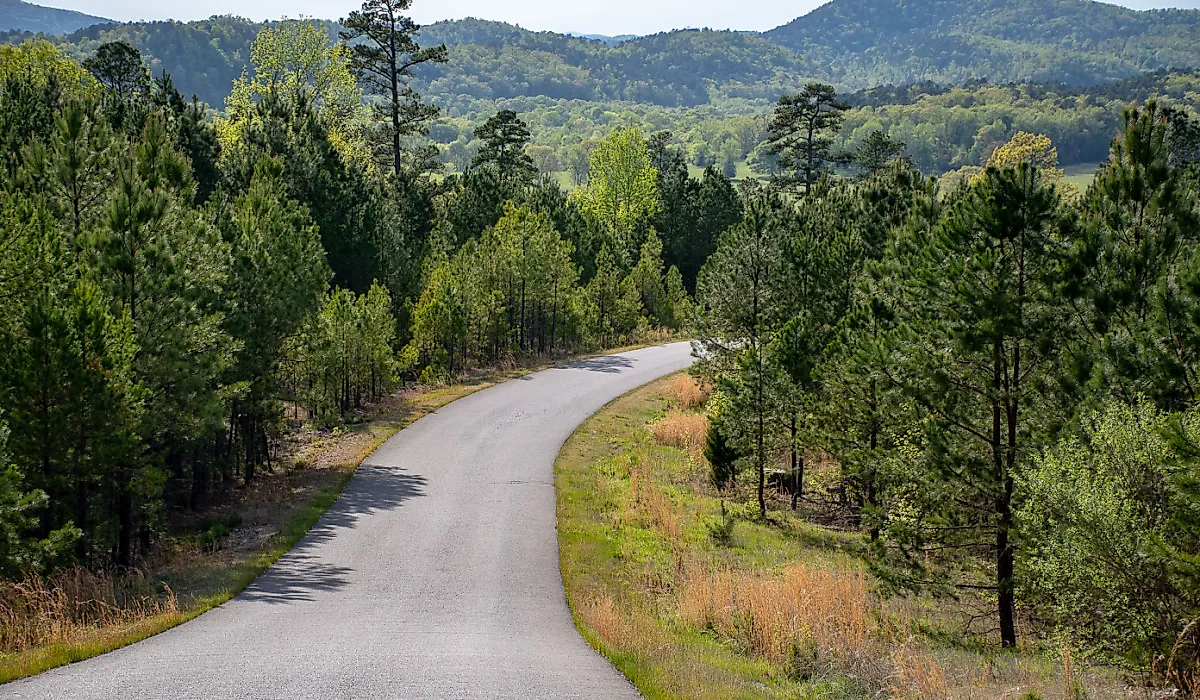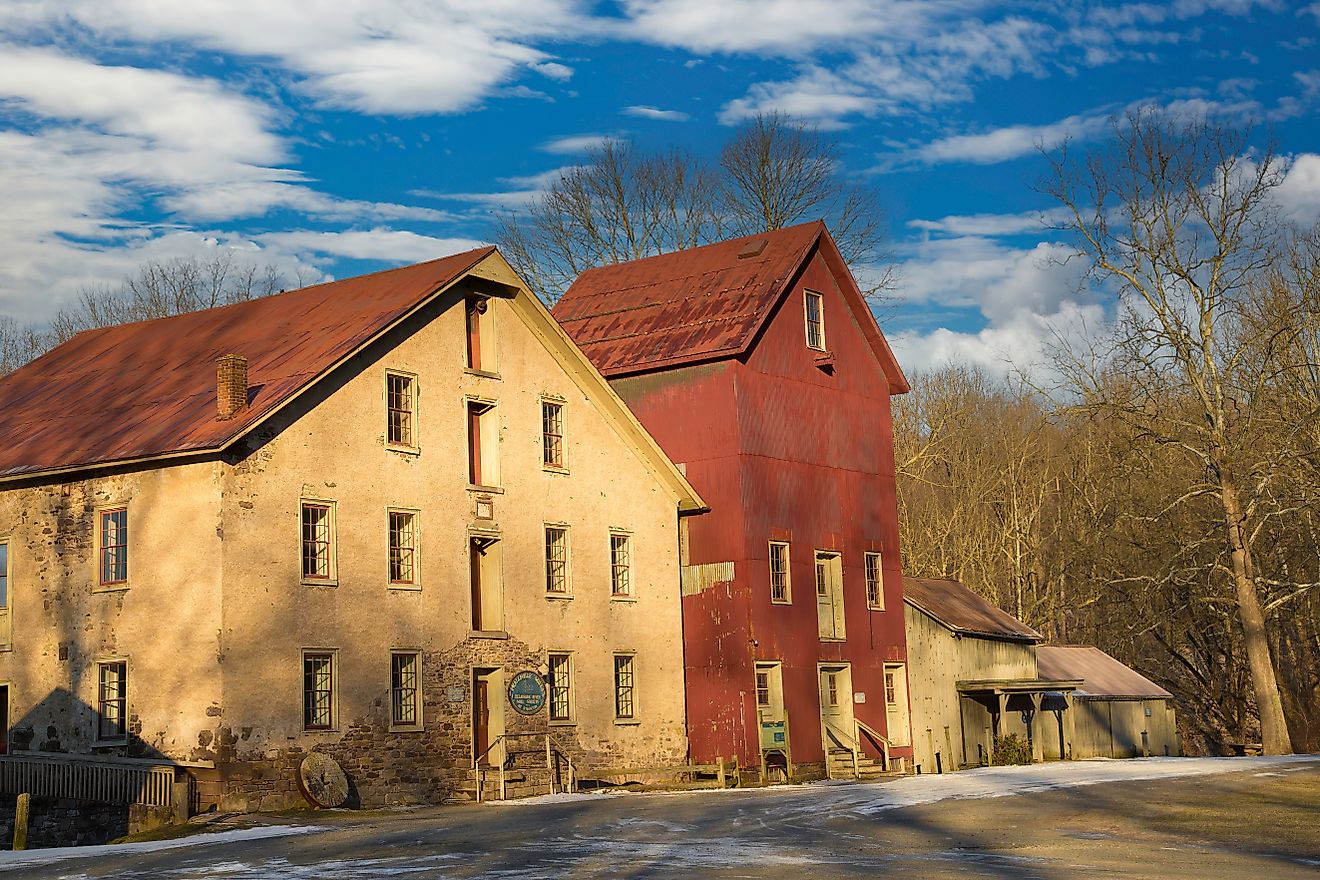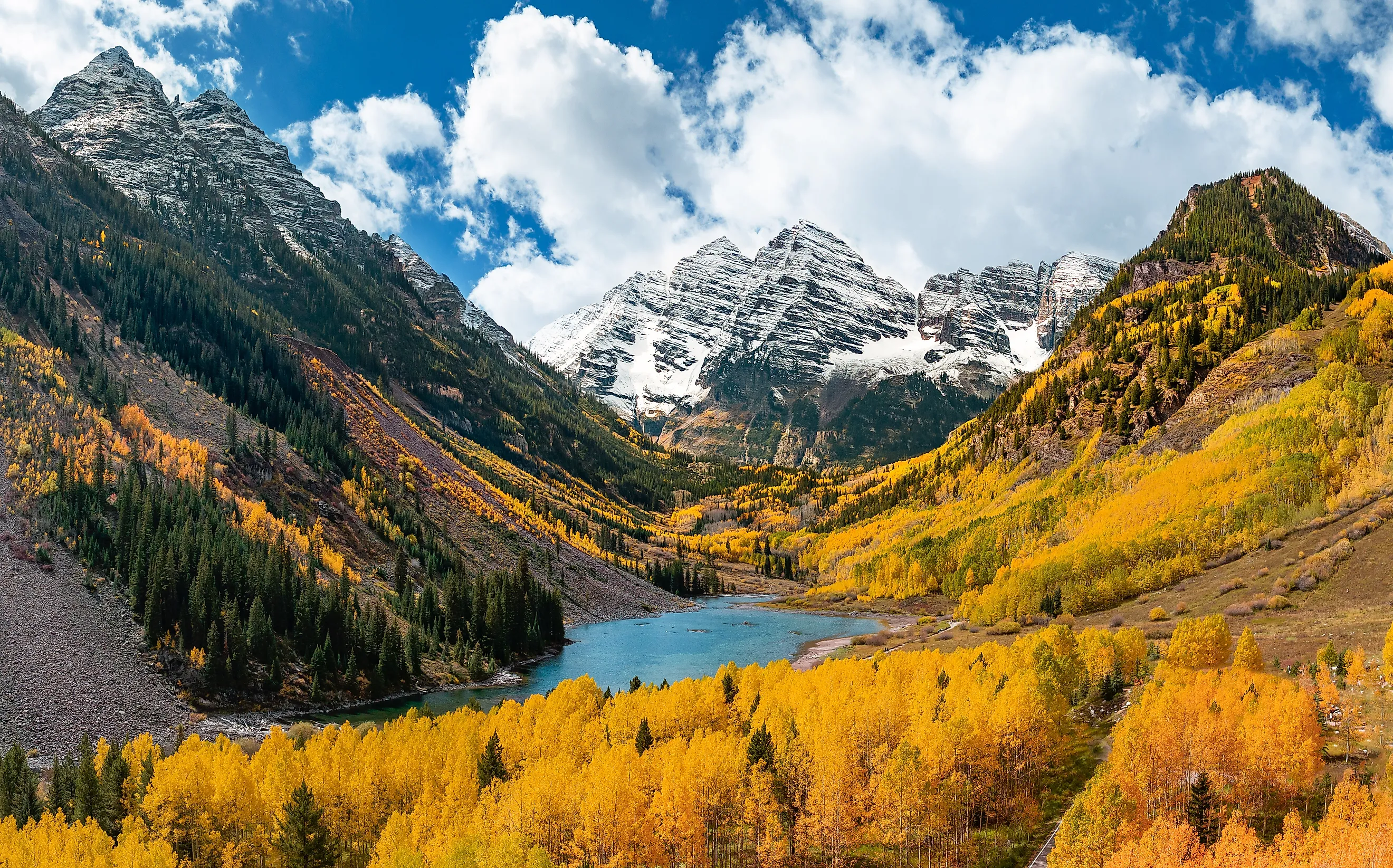
6 Best Natural Wonders To Visit In Colorado This Year
Nature lovers recognize Colorado as a year-round adventureland. In addition to the iconic Rocky Mountain National Park, mountains and monoliths have stood sentinel over the Centennial State, framing hidden gems like Maroon Bells and Hanging Lake.
Colorado, the 38th state, is not just for skiing and off-roading. Whether marveling at the perfect glacier reflection of the Maroon Bells, getting knee-deep in the dunes, or traversing the nation's highest suspension bridge over the Arkansas River, some of the state’s most breathtaking experiences might be closer than you think.
Garden of the Gods
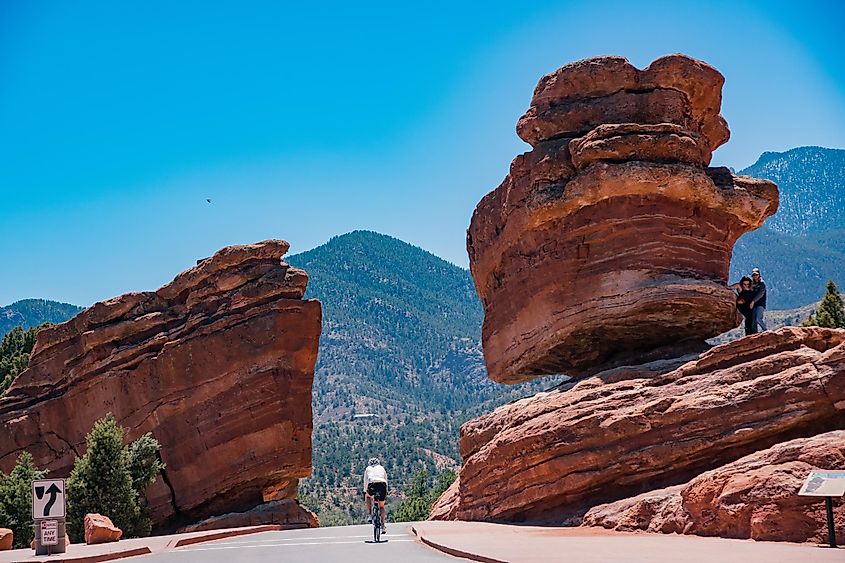
Garden of the Gods is a geological masterpiece on the west side of Colorado Springs, just an hour's drive south of Denver on Highway I-25. The name embodies sandstone rock formations towering over a large city park, given to the city of Colorado Springs in 1909 by the children of railroad magnate Charles Elliot Perkins. The registered National Natural Landmark is a free-entry surreal experience to wander among 300 red rock pinnacles aglow in oranges and reds. Visit in spring or fall to feel like the place is just for yourself in cool weather.
Whether you take the hiking trails or drive the paved road, it is easy to lose yourself in the otherworldly feel that dominates this landscape. From the iconic Kissing Camels to the perfect pair of Siamese Twins, framing Pikes Peak, each unique shape captivates, staged against the panoramic views of the rolling terrain. In addition to 21 miles of hiking trails, there are trolley, jeep, and Segway tours diving deeper into the history and Old West legends.
Great Sand Dunes National Park and Preserve
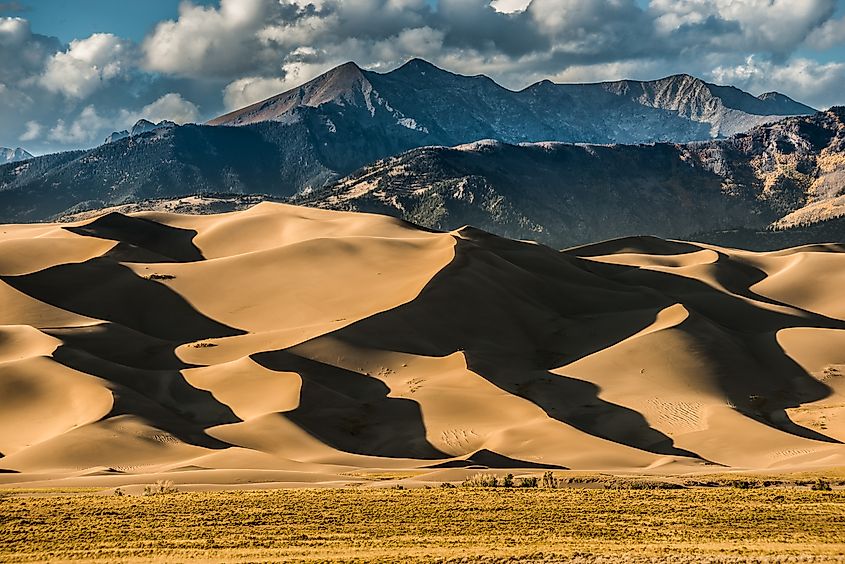
The state, known for the Rocky Mountains, has a surprise at the base of the Sangre de Cristo Mountains in Southern Colorado. Under four hours southwest of Denver, the Great Sand Dunes National Park and Preserve is an unexpected natural wonder in Colorado. Spanning approximately 150,000 acres, including the main 30-mile dune field, the dunes reach a staggering height of 750 feet. Though no designated hiking trails exist, the adventurous can zigzag to the top and sandboard down.
In addition to hiking and 4×4 driving, play in the sand or try sand sledding for the first time on none other than the tallest dune in North America. As a designated International Dark Sky Park, there's even a Star Dune here for stargazing after dark. Visit in the summer for camping. Either way, the lack of crowds in the otherworldly feel can have a destressing effect, whether you're scrambling up on your knees, gazing miles out with no end in sight, or up at the stars, among other cool ways of connecting with nature.
Hanging Lake
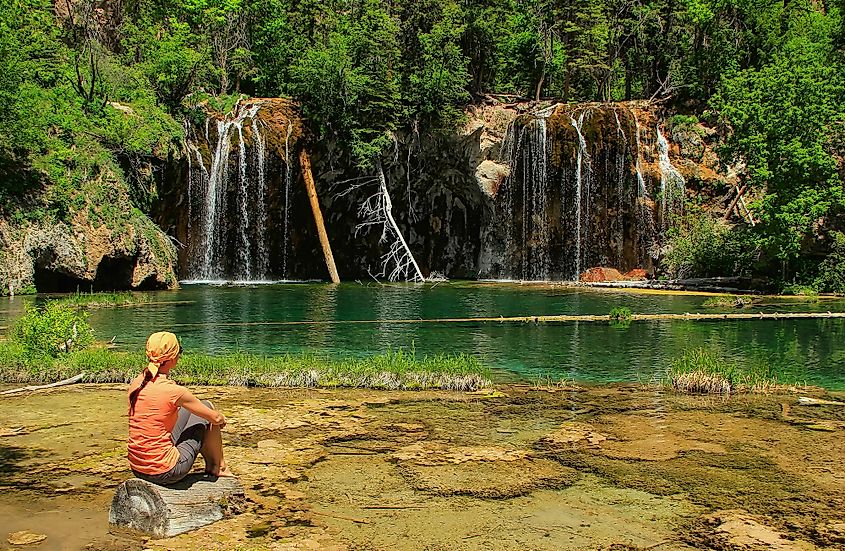
Hanging Lake is a National Natural Landmark, protected as a fragile ecosystem. Surrounded by sheer cliff rock faces, dispelling waterfalls, the ethereal lake appears suspended in Glenwood Canyon. Formed by a geological fault from travertine deposition, it is fed by Bridal Veil Falls, with mineral deposits that result in its vibrant turquoise waters. The refreshing glitter of the waterfalls and the crystal-clear lake stun millions. Late spring offers peak waterfalls and snowmelt, while fall provides cooler temperatures, vibrant foliage, and fewer crowds.
Accessible via a backcountry hike, the permit costs $12 per person in peak season, including parking in the Hanging Lake rest area for hikers. The steep 1.2-mile trail is a rigorous, rocky, hour-long uphill battle, gaining 1,200 feet in elevation over just one mile. The awe-inspiring finale reveals scenery straight from a fairy tale with magical waterfalls, like the 200-foot Spouting Rock accessible to walk behind. Restrooms are only available at the trailhead, with no amenities along the trail or at the lake.
Maroon Bells
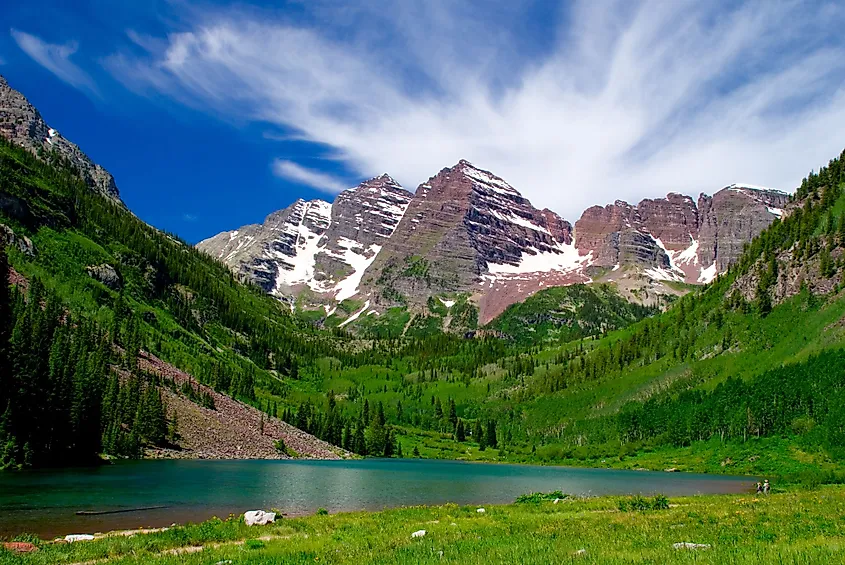
Maroon Bells Scenic Area is about 3.5 hours west of Denver on the I-70 W. The 4,317-meter (14,163-foot) Maroon Peak and the 4,273-meter (14,019-foot) North Maroon Peak contend as some of the world's most beautiful mountains. These blush-colored, bell-shaped fourteeners are the state's most photographed site. Visit in the fresh breath of spring or for leaf-peeping in mid-fall, on a clear day with no wind.
In addition to camping and fishing, the alpine fields sprout wildflowers along the trails. There are many hiking trails for a scenic approach, like the easy, popular Maroon Bells Scenic Loop Trail, an almost two-mile walk to the glacial lake in the valley below, perfectly reflecting the lovely pair of high peaks. It is also accessible via cross-country skiing in winter, or with the experts at the T-Lazy-7 Ranch, who offer snowmobile tours of the area. Drivers can avoid the parking fee via a two-leg shuttle from Aspen.
Pagosa Hot Springs
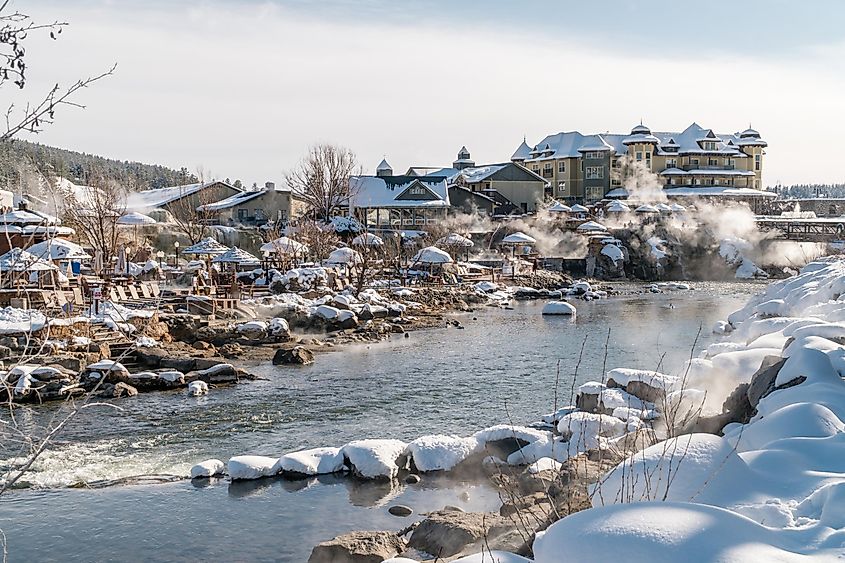
This natural wonder in Southern Colorado is ideal for meditation and relaxation, just five hours southwest of Denver on Hwy 285 S. Loosely translated from the Southern Ute “Pah gosah,” as healing or boiling water, its mineral-enriched waters have long been sought after for rejuvenation in the breathtaking views, like the Native Americans who stumbled on this ancient hot spring.
Located in Pagosa Springs, the naturally formed springs fed by the world’s deepest geothermal aquifer burst through the ground in a series of mineral-rich pools. Ranging from 83°F to 114°F, there are resorts and spas, plus the adjacent San Juan Mountains, San Juan River, and the Wolf Creek Ski Area for supplemental adventures. Sore muscles after skiing or a long hike? Nothing feels better than a soak at one of the wild mineral pools throughout the Pagosa Hot Springs wilderness.
Royal Gorge
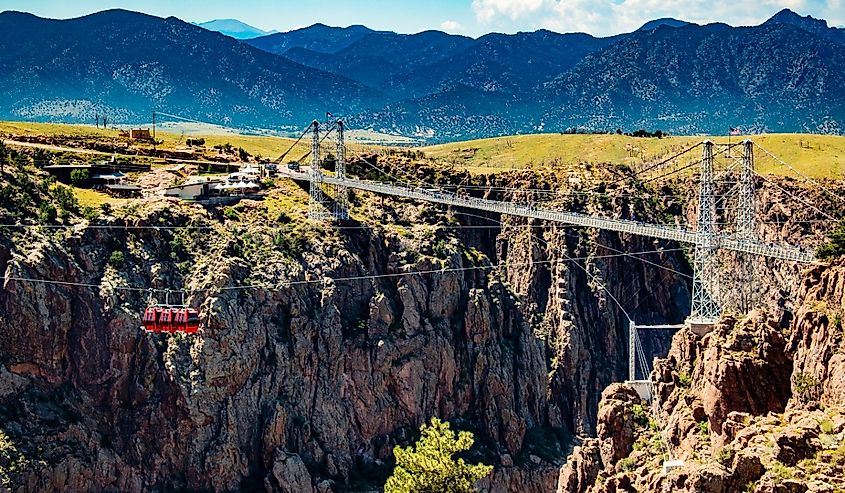
Just an hour’s drive south of Colorado Springs, the 10-mile-long landmark gorge in Southern Colorado is an iconic site once carved by the Arkansas River, which flows through it. At 1,200 feet deep, with a width ranging from 40 to a few hundred feet, there are plenty of ways to enjoy the intricacies of the Royal Gorge for every level of activity, like ziplining over or rafting below. In addition to sky gondolas and a skycoaster, the Royal Gorge area is home to an assortment of wildlife.
Canyon Rim Trail loops in under four miles alongside juniper and cacti. After only a small elevation gain, nothing compares to standing on the canyon's rim, watching shapeshifting angles under the sun. Often called the "Grand Canyon of the Arkansas," pair its sheer granite walls with crossing America’s highest suspension bridge spanning the gorge at 956 feet above the riverbed. Why not spend the night at Bighorn Mountaintop Lodge and step out into a panoramic sunrise lighting up the mountains?
Six Wonders, One Wildly Beautiful State
Great Sand Dunes National Park and Preserve features the tallest dunes in the US. Pagosa Hot Springs has long been sought after for relaxation and rejuvenation in the world's deepest hot spring against the scenic San Juan Mountains.
These six natural wonders, scattered throughout the state, highlight the diverse beauty of Colorado and reveal some of Mother Nature's finest undertakings. Between the groundbreaking canyons and fast-paced rivers dissecting the mountainous landscape, her intricacies and grandness are equally mind-blowing.


